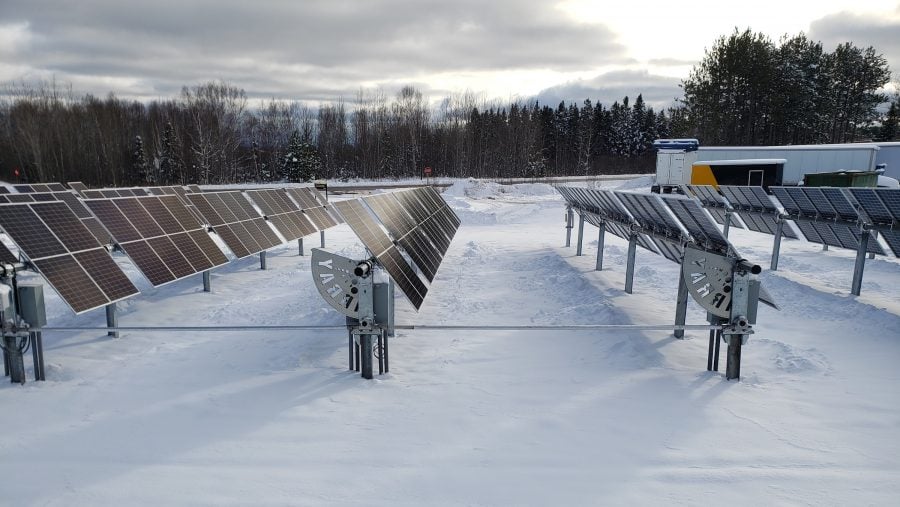
Ana Dyreson recently shared her knowledge on Husky Bites, a free, interactive Zoom webinar hosted by Dean Janet Callahan. Get the full scoop and register for future sessions of Husky Bites at mtu.edu/huskybites.

Ana Dyreson is an assistant professor of Mechanical Engineering-Engineering Mechanics at Michigan Tech. Her work centers on solar and alternative energy—and the impacts of climate change on those systems in the U.S. Great Lakes region through her Great Lakes Energy Group.
“In the last few decades, solar photovoltaics (PV) have become extremely cost-competitive,” she says. “This economic reality, combined with a push for decarbonization of the electric power sector in general, means that large-scale solar PV is growing—not only in traditional southern climates but also in the north where significant snow can reduce power output.”
Joining in on the conversaton were two of Dr. Dyreson’s PhD students at Michigan Tech, Ayush Chutani and Shelbie Davis. Each presented their research on how to better understand just how solar PV systems shed snow, in particular, single-axis tracking systems. They also delved into some of the modeling they’ve done to explore how widespread snow events might impact future power system operations.
“We are energy engineers who work in the context of a changing environment.”
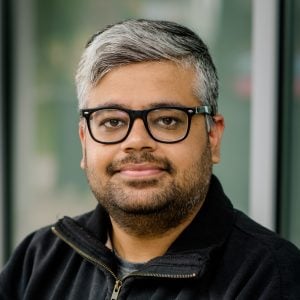
Dyreson and her team use energy analysis and grid-scale modeling to study the performance of renewable technologies.
“Our research links power plant-level thermodynamic models, climate models, hydrology models, and electricity grid operation models—all to understand how weather and climate change impact future power systems,” she explains.
Starting last August, Dyreson began conducting research at the U.S. Department of Energy Solar Energy Regional Test Center (RTC), a newly built Michigan Tech facility operated by the Advanced Power Systems Laboratory (APS LABS) at Michigan Tech. Dyreson’s research on single-axis tracking systems is possible thanks to the support of Array Technologies, Inc., who supplied a ten-row, single-axis tracking solar system and continues to partner on research.

Under the technical oversight of Sandia National Laboratories, the RTC program represents a consortium of five outdoor solar research sites across the U.S. that evaluate the performance and reliability of emerging PV technologies.
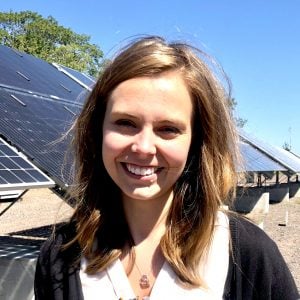
The RTC program gives U.S. solar companies access to these sites and to the technical expertise of Sandia and its academic partners, to drive both product innovation and commercialization of new high-efficiency solar products.
Last December 2022, Dyreson was awarded a grant just shy of $500,000 from the Alfred P. Sloan Foundation for a project called “Electrification and Climate Resilience in the Rural North: Challenges and Opportunities.” She’ll be identifying social and technological challenges to resilient and equitable low-carbon electrification. And she’ll be seeking answers to questions on how to best electrify the energy sector while adapting electric power systems to climate change, including this one: Which are the most technically feasible and socially acceptable system pathways?
Dr. Dyreson earned her PhD in Mechanical Engineering at the University of Wisconsin–Madison and her MS in Mechanical Engineering at Northern Arizona University. She conducted post-doctoral research in electricity grid modeling at the US National Renewable Energy Laboratory (NREL). Dr. Dyreson holds a BS in Engineering Mechanics from University of Wisconsin–Madison, and she’s a registered Professional Engineer in Wisconsin.
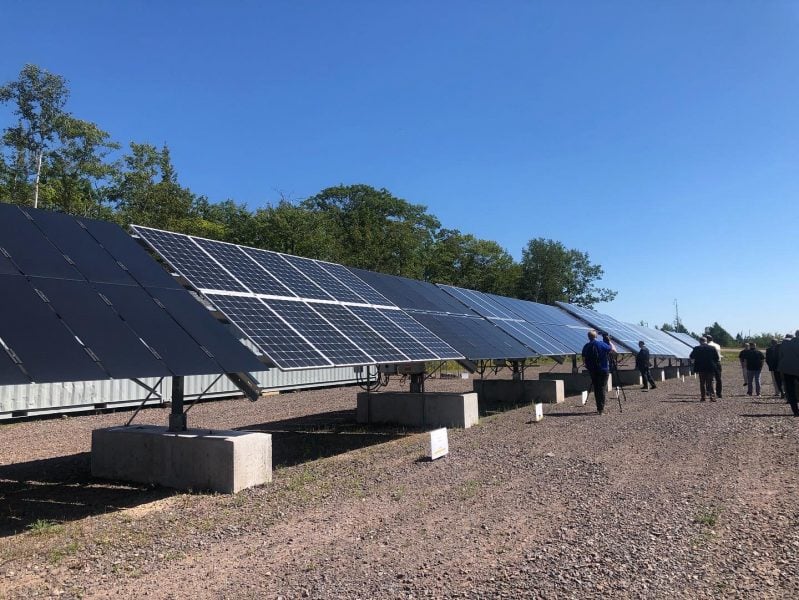
“I am lucky to work with talented PhD students including Ayush and Shelbie,” says Dyreson. “They each have unique professional backgrounds and personal interests in the work that they do, and it’s fun to see their work unfold.”
“Although we had never met, I sought Ana out as my faculty advisor before I even started at Michigan Tech,” says Shelbie. “I was fascinated by her work with alternative energy systems, specifically solar power. And Ayush has been a great PhD colleague and resource, as he is further in his PhD process and is also focusing on solar energy generation.”
Shelbie is earning her PhD in Mechanical Engineering from Michigan Tech remotely, while working as a laboratory manager and instructor in the Department of Mechanical Engineering at Saint Martin’s University in Lacey, Washington, near Olympia, the state capitol. Within the College of Engineering at Michigan Tech, students can earn a PhD remotely in either Mechanical Engineering or Civil Engineering.
“I have not yet met Shelbie in person yet but we meet over Zoom calls on a regular basis to share our research progress and goals,” notes Ayush. “ I hope to meet her sometime soon!”
In November 2021, Ayush was one of a Michigan Tech delegation at the 26th United Nations climate change summit, COP26, in Glasgow, Scotland. In fact, Ayush was previously a guest on Husky Bites to share his experiences at COP26, along with Sarah Green, professor of chemistry at Michigan Tech.
Then, last November Chutani traveled to Sharm el-Sheikh, Egypt to attend COP27 again with Dr. Green and the Michigan Tech delegation.
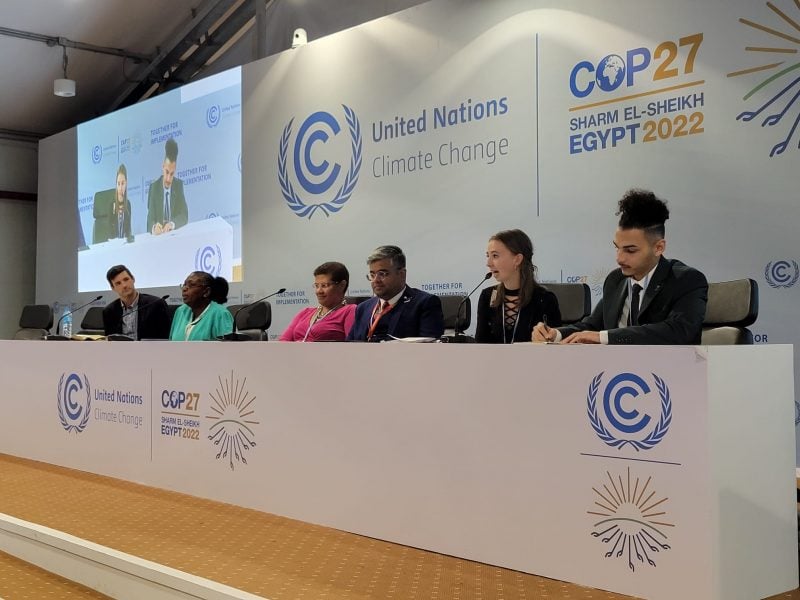
“Energy is something you cannot taste, see, or touch, yet it powers our lives—what magic!”

Prof. Dyreson, how did you first get into engineering? What sparked your interest?
From a young age I have been interested in how society manages energy. Following one of my older sisters into engineering was an obvious way to explore this passion, and lead me to mechanical engineering and work on renewable energy and electric power systems.
Hometown, family?
I am from Portage, Wisconsin. I grew up on a south central Wisconsin farm with my parents and three sisters.
Any hobbies? Pets? What do you like to do in your spare time?
I enjoy spending time with my family, especially biking and camping together. I love to run in all weather conditions, by myself or in a group, on road or trail, for fun or for competition—I love to run!
Ayush, how did you first get into engineering? What sparked your interest?
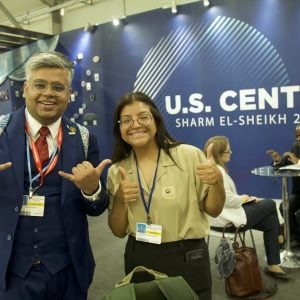
I first got into engineering after looking at my dad’s use of Auto CAD software to make plans for houses since he is a civil engineer and then also the shows on Nat Geo and Discovery channel played a big role in shaping me towards engineering. Also in India, if you are good at science then pretty much you dream to go into IITs which are the best engineering colleges in India so in a way, the path to engineering paved its own way.
Hometown, family?
I am from Faridabad city, which lies south of New Delhi, India, and is a part of NCR (National Capital Region). I have my mom and dad in my family, but no siblings.
Any pets? What do you like to do in your spare time?
I do not have a pet—yet—but I am thinking of either adopting a cat that looks like a lion (Lion King, and name would be of course Simba) or a corgi, because the queen of England loved them.
I am a decent cook so food dictates some of my spare time. I also draw and sketch, so as long as I am inspired I will create some art piece. During the rest of the time, I consume a lot of virtual media, like movies, TV shows, Anime, magazines, Reddit discussion forums and yes Youtube.
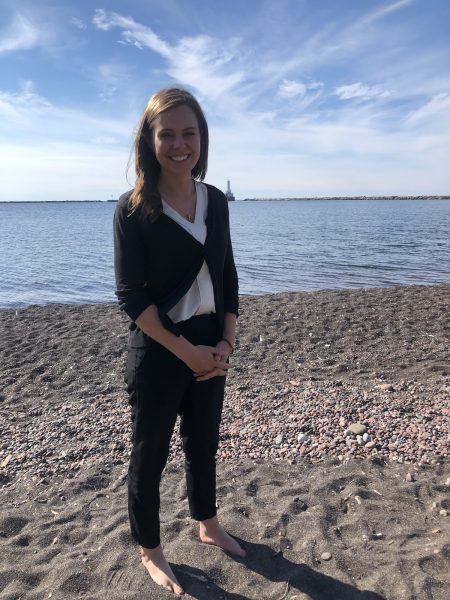
Shelbie, how did you first get into engineering? What sparked your interest?
As a child, I loved puzzles. When the puzzles became too easy, I would flip them over and put them together without the pictures. As I grew up, I enjoyed knowing how things worked, which eventually led me to pursue mechanical engineering. After taking many sustainable engineering classes in college, I was hooked on understanding the complexities of energy generation and electric power systems.
Hometown, family?
I was born in Seattle, Washington. We moved when I was four to Manson, a small town in eastern Washington. At age ten, we moved back to Olympia, Washington where I spent my middle school and high school years with my mom, dad, and my dog. I am an only child.
What do you like to do for fun?
When I am not working at Saint Martin’s University or working on my PhD, I enjoy traveling with my husband and dog, Sunny. We love exploring new places by either doing day trips or weekend trips. I love to see new things and meet interesting people.
Research note:
Dyreson’s research on single-axis tracking systems is part of a project led by Sandia National Laboratories and funded by the U.S. Department of Energy Solar Energy Technologies office Award Number 38527.
Read more:
MTU, Sandia to Cut Ribbon on New DOE Regional Test Center for Emerging Solar Technologies
Watch:
During Husky Bites, Dr Dyreson explains the impacts of snow on high solar-share power systems of the future, from the solar module to the power grid.
Check out the full session of Dr. Ana Dyreson’s Husky Bites webinar.